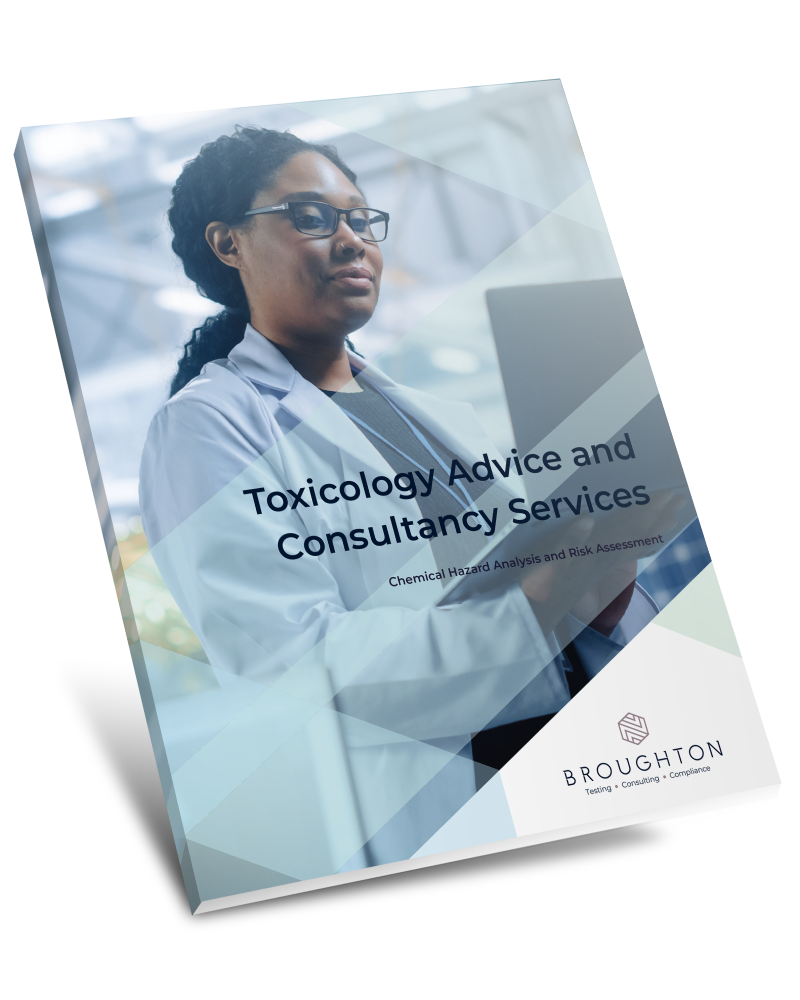
EVO NXT 2025 in Milan offered a refreshing departure from traditional large-scale expos.

Increase the likelihood of project acceptance and reduce the time taken to obtain regulatory approval by satisfying National Environmental Policy Act (NEPA) of 1969 environmental documentation requirements for human and veterinary products, human biologics, food, and tobacco products (e.g., ENDS, oral nicotine products).
Read more about NEPA Environmental Assessments for PMTA and MRTP submissions.
Our U.S.-based environmental assessment consultants have over 22 years of interdisciplinary scientific professional experience. They specialize in environmental impact analysis, toxicology, risk assessment, environmental chemistry, environmental microbiology, and regulatory permitting and compliance.

An Environmental Assessment is an environmental analysis prepared in accordance with the National Environmental Policy Act (NEPA) of 1969 to determine whether a federal action such as approving a project, regulatory submission, or new business activity would significantly affect the environment and require that potential environmental impacts be addressed. Environmental Assessments are required for projects that do not meet the qualifications of a Categorical Exclusion.
NEPA applies to all federal actions in the U.S. and includes regulations, policies, projects, licensing, and permission granting.
Improve your project’s planning and decision-making performance through the Environmental Assessment process by ensuring any potential adverse environmental effects are identified early.
Ensure your project’s acceptance by the FDA and other U.S. regulatory bodies.

In general, an Environmental Assessment includes the following content.
1. Executive Summary
2. Application Details and Proposed Action
3. Purpose and Need of the Proposed Action
4. Alternatives, including the Proposed Action
5. Potential Environmental Impacts of the Alternatives
- Affected Environments
- Environmental Impacts
6. Cumulative Impacts
7. Mitigation Measures
The lead federal agency certifies the Environmental Assessment with either a Finding of No Significant Impact (FONSI) or a Notice of Intent (NOI) to prepare an Environmental Impact Statement (EIS) in its public environmental review record. The preparation of an EIS then generates a similar but more lengthy, complex, and expensive environmental review process.
In the U.S., the following areas require an Environmental Assessment; food, human drugs and biologics, animal drugs and veterinary, and tobacco products when seeking FDA approval for sale in the U.S. Environmental Assessments are a requirement of FDA Pre-market Tobacco Applications (PMTA) and Modified Risk Tobacco Product (MRTP) submissions.
No. In general, the absence of an Environmental Assessment or an inadequate Environmental Assessment will result in either a ‘Refuse to accept’ or a ‘Refuse to file’ decision.
Yes. Each product or stock-keeping unit (SKU) requires a separate Environmental Assessment.
An Environmental Assessment will either result in a Finding of No Significant Impact (FONSI) or, if significant environmental impacts appear likely, a Notice of Intent (NOI) to prepare an Environmental Impact Statement (EIS). An EIS is a much more comprehensive environmental assessment process and document.
The Environmental Assessment process helps regulatory agencies identify potential adverse environmental impacts that could delay or derail your project. It, therefore, supports planning and decision-making by giving insight into potential risks helping you develop effective mitigation strategies to reduce, avoid, or offset the potential adverse environmental consequences.
Environmental Assessments should be considered at all project stages, from concept, through feasibility, design and engineering, realization, and post market surveillance. However, considering the process early can result in efficiencies, especially for characterizing natural resources around U.S. based facilities and engaging with manufacturers and other vendors to understand product supply chains.
Deep understanding and previous experience with NEPA and FDA requirements are essential when choosing a consultancy to support a regulatory submission requiring an Environmental Assessment. Our team has years of combined experience in submitting Environmental Assessments for various industry sectors and learned valuable lessons along the way, including what type of information should be included in and excluded from an Environmental Assessment. Understanding such agency preferences provides a smoother pathway to regulatory approval.
Learn more about how we can help bring your product to market through our scientific and regulatory consultancy services.


Learn more about our activities and gain insight from our scientific and regulatory experts

3 minute read
EVO NXT 2025 in Milan offered a refreshing departure from traditional large-scale expos.
2 minute read
The UK heated tobacco market continues to evolve rapidly, with growing consumer interest and an increasingly competitive landscape.
2 minute read
The Ministry of Industry and Advanced Technology (MoIAT) has recently issued the Final Draft Standard (FDS) UAE.